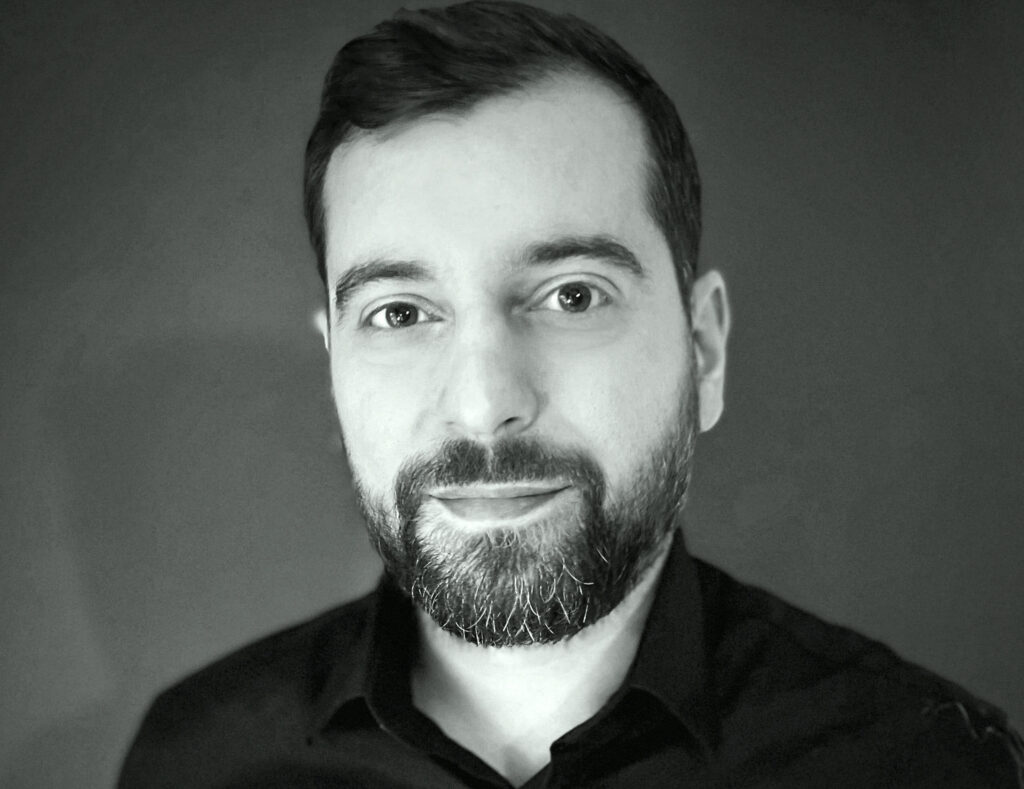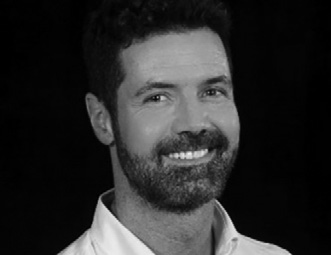By Matteo Natale, Head of Global Accessibility, Localization Services, and Gustavo Marzolla, Director of Linguistics, Vubiquity
Major industry players are working to navigate this challenging terrain and overcome these challenges
ABSTRACT: Making media content accessible and resonant to global audiences requires a multidimensional approach to inclusion & diversity. We propose a framework for exploring industry practices for accessibility and localization that centers the experiences and viewpoints of underrepresented groups and a diverse range of communities whose stories are reaching wider audiences.
When should a character’s caste, ethnic, or racial identity be described in audio description? What role, if any, should race or ethnicity play in the casting of dubbing actors? How should a religious slur be translated into a language and culture where such a sentiment would be unfamiliar? Should American Sign Language be translated in U.S. English closed captions or subtitles for the deaf and hard of hearing? What languages, dialects, and accents are represented in localized versions of TV shows and movies? How can content localization respect the original intent and adapt to target audiences in sometimes distant cultures in accessible and inclusive ways?
MODES OF ACCESSIBILITY AND TRANSLATION
The goal of content accessibility and localization, in its simplest sense, is to bring content to new audiences for whom the original version isn’t accessible. This can involve the addition of captions, subtitles, or narration to translate dialogue, sounds, or visuals. It can also involve the full replacement of the dialogue in a new language. Unlike most other forms of translation, these accessibility and translation approaches weave text and/or audio into the fabric of the original audiovisual content. Providing audio description (AD), closed captions (CC), translated subtitles, signing (such as British Sign Language or LIBRAS), and dubbed audio is an act of inclusiveness of more diverse viewers (or users, households, etc.) in itself, albeit usually one often driven by commercial goals or regulatory requirements. Creating these materials well and equitably, however, requires considerations of representation and participation (that is, of inclusion and diversity) in a range of areas — from the cross-cultural transference of meaning (or “filmmaker intent”) to the participation of diverse talent in the creation of AD, CCs, dubs, and subs.
TO MAKE THESE STORIES TRAVEL and resonate with new audiences and cultures, professionals need to navigate the challenges of discerning the intent and impact of the original on its intended audience — which itself may be diverse and may elicit a multiplicity of readings.
FILMMAKER INTENT
If content accessibility and localization are meant to bring stories to new audiences, the process inherently must start with the story itself. How are these stories told, who’s telling them, and how are diverse groups represented — on both sides of the camera and in the boardroom? Across genres and around the world, more content is being created and localized than ever before, and there’s undoubtedly an industrywide push for more and better representation of and by underrepresented groups. Notably, these groups and their contexts in local histories, cultures, and societies vary greatly.
TRANSFERENCE OF MEANING
To make these stories travel and resonate with new audiences and cultures, professionals need to navigate the challenges of discerning the intent and impact of the original on its intended audience — which itself may be diverse and may elicit a multiplicity of readings. They also need to adapt this intent and impact in a way that resonates in the target language and culture, all while weaving the audio or text within the time and space constraints of the original. These challenges inevitably require translators and other contributors to make trade-offs. Hence the saying “traduttore, traditore,” the translator is a traitor. Conveying socially ingrained constructs like race, gender identity, or sexuality in America to an audience with drastically different histories and cultural norms is fraught. Language sensitivity and voice casting guidelines aim to avoid the introduction of inaccurate or offensive representations in localized versions, but these are only first steps.
CREATIVE TALENT PARTICIPATION
The participation of diverse creative talent is key to successfully creating compelling accessible or localized media content experiences. This can start with involving the most self-evident groups in accessibility and localization processes but should also go further. Include the deaf community in guiding the creation of closed captions and subtitles for the deaf and hard of hearing (SDH). Involve blind narrators and QCers in audio description. Seek feedback from monolingual viewers on dubbed and subtitled versions. Expand talent pools and pipelines to include marginalized and underrepresented groups. Build bridges and opportunities to foster talent in new places.
IMPACT ON THE AUDIENCE OR VIEWER
In addition to adopting a more inclusive approach to the creation of AD, CCs, dubs, and subs, focusing on the experiences and reception of end viewers is also crucial. Various sources report that up to 80 percent of viewers who use closed captions or SDH are not deaf or people with hearing loss. But the primary audience — those who rely most on this mode of media accessibility — may have different needs and preferences than this majority of CC users. Looking to the deaf community for feedback and active input in the production of CCs can only help. Providing separate subtitles, without speaker identification and sound cues, for hearing viewers would be a natural choice to cater to these viewers. But this also poses a user experience challenge. How would the average hearing viewer know which menu option to choose?
CHALLENGES IN EMBRACING INCLUSION AND DIVERSITY
There are several challenges and areas of disagreement in how best to improve inclusion and diversity in media accessibility and localization. Some see voice casting guidelines that rely on ethnic, racial, or gender identity as limiting and ultimately leading to tokenism. Regulations and laws enacted to protect personal data and integrity can prevent AD and dubbing producers from asking the very questions that could enable accurate and diverse representation in voice casts. Guidelines limiting voice casting options narrowly by gender identity, sexuality, ethnicity, or race can be divisive and lacking in consensus even among some underrepresented groups. Languages and cultures are constantly evolving, often with competing ideologies of individualism vs. universalism. Local economies and inequities can sway business decisions in ways that do not offer equal access or opportunity to creators or consumers, certain language variants are seen as inferior to others.
PROGRESS OVER PERFECTION
Major industry players are working to navigate this challenging terrain and overcome these challenges. It’s not just the right thing to do, it’s also imperative to business success and subscriber growth. As an industry, we must not make perfection the enemy of progress. From the dawn of the motion picture and into the future, our industry, however imperfect, has always been fueled by embracing new voices and viewpoints, experimenting with innovative and unconventional approaches, and celebrating the unfamiliar.

Matteo Natale is Vubiquity’s head of global accessibility and localization services. He has
held various roles in the localization and entertainment industries over the past 20 years, with
expertise in dubbing, subtitling, captioning and audio description. He was the inaugural chair of the Entertainment Globalization Association’s Insights Committee.
e: matteo.natale@amdocs.com
tw: @VUBIQUITY

Gustavo Marzolla is Vubiquity’s director of linguistics. He has been working in content development and localization for more than 15 years and was instrumental in the process of regionalizing a major streaming platform’s EMEA dubbing team. He now oversees the global pool of partners and freelance talent at Vubiquity, where inclusion and diversity are reflected as a core value in all projects and practices.
e: gustavo.marzolla@amdocs.com
tw: @VUBIQUITY